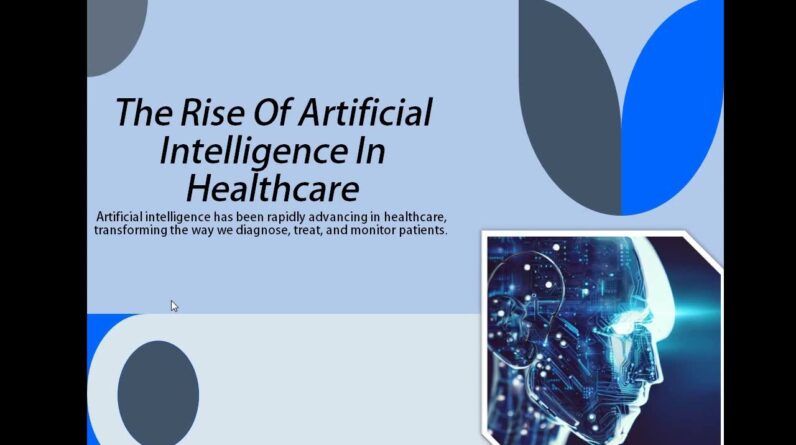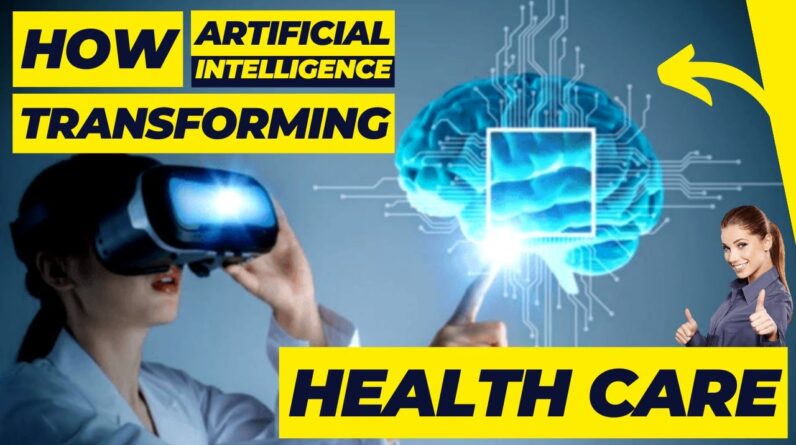The world of healthcare is evolving fast, and with the emergence of generative AI technology, medical datasets are now being revolutionized. In 2023, the use of generative AI promises to reshape the healthcare industry by enabling faster and more accurate analysis of medical data. This game-changing technology holds the potential to unlock new insights and improve patient outcomes. Join us as we explore the impact of generative AI on medical datasets and its potential to transform the way we approach healthcare.
Revolutionizing Medical Datasets with Generative AI in 2023: A Game-Changer
Introduction
The medical industry is a constantly evolving field, often characterized by high levels of innovation and cutting-edge technology. One such advancement that is set to make waves in the coming years is generative AI for medical datasets. This technology has the potential to revolutionize the way medical professionals analyze large amounts of data, unlocking new insights and possibilities in diagnosis and treatment.
How Does Generative AI Work?
Generative AI is a form of artificial intelligence that uses machine learning algorithms to create new, original data based on existing inputs. This is achieved by training the algorithm on a large dataset and then allowing it to generate new data that is statistically similar to the training data. In the context of medical datasets, this means that generative AI can be used to create synthetic data that is similar to real patient data.
Benefits of Generative AI for Medical Datasets
One of the main benefits of generative AI for medical datasets is the ability to create large amounts of data quickly and accurately. This is especially important in fields such as medical imaging, where large amounts of data are collected from multiple sources. With generative AI, it is possible to create synthetic datasets that are representative of real patient data, allowing for more accurate analysis and improved diagnosis.
Another key benefit of generative AI for medical datasets is the ability to create customized datasets based on specific criteria. For example, if a researcher is studying a particular disease, they can use generative AI to create a synthetic dataset that contains only patient data relevant to that disease. This can help to streamline the research process and improve the accuracy of the analysis.
DIY Ergonomic Desk
While generative AI is certainly exciting, it’s important not to neglect the basics of ergonomics when working with computers. Here’s how to make a DIY ergonomic desk at home:
- Start with a wooden tabletop, ideally one that is wide enough to accommodate your computer, mouse, and any other accessories you may need.
- Add adjustable legs to the tabletop to ensure that the desk is at the correct height. The desk height should allow your elbows to rest comfortably at a 90-degree angle.
- Add a foam roller pad for wrist support while using the mouse. This can help to reduce strain on the wrists and prevent pain or injuries.
- Use a chair with adjustable height and lumbar support to ensure that your back is properly supported while you work.
- Place the monitor at eye level to prevent strain on the neck and shoulders. Consider adding an armrest for extra support.
Conclusion
Generative AI for medical datasets is a game-changer that has the potential to transform the way medical professionals analyze and interpret data. By generating synthetic datasets that are statistically similar to real patient data, this technology offers new opportunities for improved diagnosis and treatment. However, it’s important not to overlook the basics of ergonomics when working with computers. By following the simple steps outlined above, you can create a DIY ergonomic desk that will help to improve your productivity and reduce the risk of pain or injuries.
FAQs
- What is generative AI?
Generative AI is a form of artificial intelligence that uses machine learning algorithms to create new, original data based on existing inputs. - How can generative AI be used in the medical industry?
Generative AI can be used to create synthetic datasets that are representative of real patient data, allowing for more accurate analysis and improved diagnosis. - What are the benefits of generative AI for medical datasets?
Generative AI can create large amounts of data quickly and accurately, and can be used to create customized datasets based on specific criteria. - Why is ergonomics important when working with computers?
Ergonomics is important for preventing pain and injuries caused by poor posture or repetitive strain. - How can I create an ergonomic desk at home?
Start with a wooden tabletop, add adjustable legs, a foam roller pad for wrist support, use a chair with adjustable height and lumbar support, and place the monitor at eye level.






